Recognizing And Responding To Flash Flood Emergencies
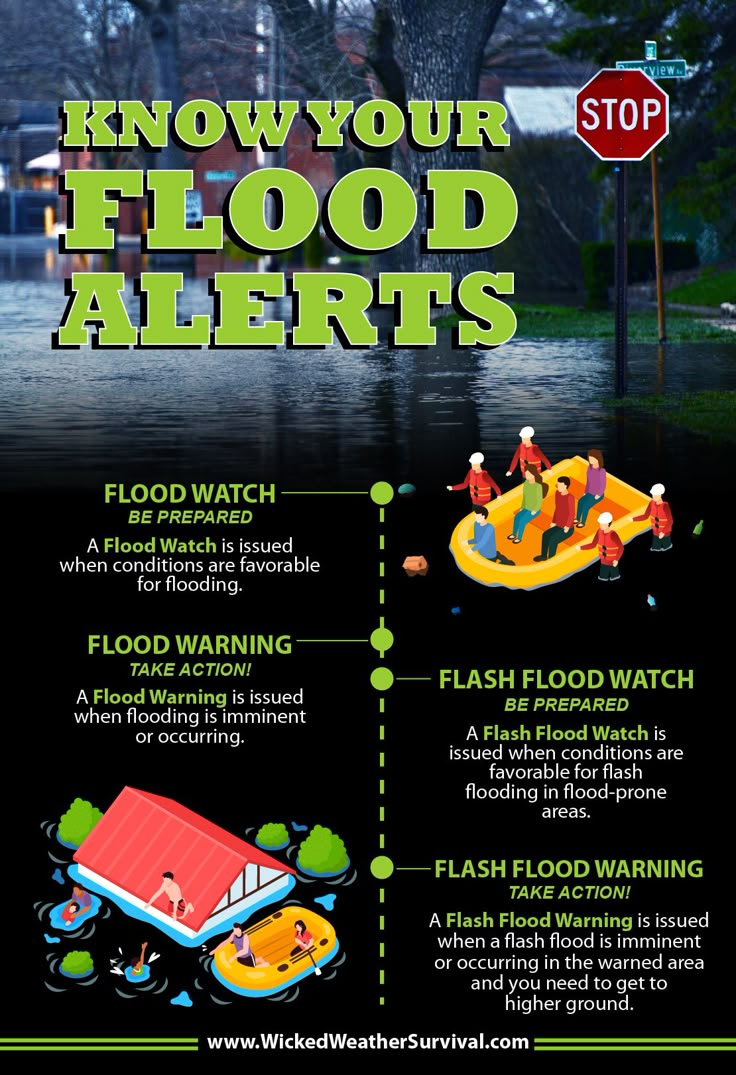
Table of Contents
Recognizing the Signs of an Impending Flash Flood
Knowing the signs of an approaching flash flood can be the difference between safety and danger. A flash flood warning means you need to act immediately. Key indicators of an imminent flash flood include:
-
Sudden heavy rainfall in a short period: If you experience intense rainfall over a short time, especially after a prolonged dry spell, this can quickly lead to flash flooding. Pay close attention to weather reports during periods of heavy precipitation.
-
Rapidly rising water levels in streams, rivers, and creeks: Noticeable and rapid increases in water levels in normally calm water bodies are a major warning sign. Even a seemingly small rise can indicate a larger, unseen surge of water downstream.
-
Swollen streams and rivers overflowing their banks: When streams and rivers exceed their banks, it indicates that the water volume has exceeded capacity. This is a clear sign of an impending flash flood.
-
Mud and debris flowing in the water: The presence of mud and debris in the water signifies that the floodwaters are moving quickly and carrying significant force, posing a substantial threat.
-
Official warnings and alerts from local authorities: Pay close attention to flash flood warnings and watches issued by the National Weather Service and your local emergency management agency. These alerts are crucial and should be heeded immediately. Sign up for weather alerts on your phone.
-
Unusual sounds like a roaring or gurgling sound from a usually quiet stream: A sudden change in the sound of a normally quiet stream or river can indicate a rapid increase in water flow and potential flash flooding.
Developing a Flash Flood Preparedness Plan
A well-defined flash flood preparedness plan is essential. Proactive planning significantly increases your chances of survival and minimizes potential damage. Your plan should include:
-
Create a family communication plan: Designate a contact person outside the affected area and establish meeting points in case family members become separated. Share contact information with all members of your household.
-
Identify safe locations and evacuation routes: Know the high ground areas in your vicinity and pre-plan evacuation routes to reach these locations quickly and safely. Familiarize yourself with your community's designated evacuation shelters.
-
Prepare a flash flood emergency kit: Gather essential supplies in a readily accessible location. Your kit should include:
- Water (at least one gallon per person per day for several days)
- Non-perishable food
- First-aid kit
- Medications
- Important documents (in waterproof bags)
- Flashlights and extra batteries
- Battery-powered radio
- Whistle to signal for help
-
Familiarize yourself with your community's warning systems: Know the locations of sirens in your area and understand how your local authorities will communicate flash flood warnings and instructions.
Understanding Flash Flood Watches and Warnings
It's crucial to understand the difference between a flash flood watch and a flash flood warning. A watch means conditions are favorable for flash flooding to develop. A warning means flash flooding is occurring or is imminent. Always heed warnings and take immediate action. Reliable sources for weather information include the National Weather Service website and your local news.
Responding to a Flash Flood Emergency
When a flash flood warning is issued, act quickly and decisively. Remember:
-
Evacuate immediately if instructed: Seek higher ground immediately. Do not delay.
-
Avoid driving through flooded areas: Even shallow water can sweep away a vehicle. "Turn around, don't drown" is a life-saving motto.
-
Stay away from floodwaters: Floodwaters are often contaminated with sewage and other harmful substances.
-
Do not attempt to walk or drive through flowing water: The force of the water can be much stronger than it appears.
-
Monitor weather reports and official alerts: Stay updated on the situation and follow instructions from authorities.
-
Report damages and injuries to authorities after the flood: Once the immediate danger has passed, report any damage to your property and any injuries sustained.
Post-Flash Flood Recovery and Safety
After the floodwaters recede, several safety concerns remain:
-
Wait for authorities to declare the area safe before returning: Do not enter flooded areas until authorities deem them safe.
-
Be aware of potential hazards: Watch out for damaged buildings, downed power lines, and contaminated water.
-
Report any damage to your property and seek assistance if needed: Contact your insurance company and explore available government assistance programs for flood damage.
-
Take precautions against waterborne illnesses: Floodwaters can contaminate drinking water and create unsanitary conditions. Boil water before drinking it.
-
Be cautious of structural damage to your home: Consult a structural engineer to assess the safety of your home before re-occupying it.
Conclusion
Flash floods are a serious threat, but with proper preparation and understanding, you can significantly reduce your risk. Remember the key takeaways: recognize the signs of an impending flash flood, develop a thorough preparedness plan, respond swiftly and decisively during an emergency, and prioritize safety during the recovery phase. Prepare for flash floods today and protect yourself and your family. Learn more about flash flood safety and create your emergency plan now!

Featured Posts
-
 Canada Post Strike Threat Impact On Customers And Business
May 26, 2025
Canada Post Strike Threat Impact On Customers And Business
May 26, 2025 -
 Jacques Y Gabriella Asi Fue Su Primera Comunion
May 26, 2025
Jacques Y Gabriella Asi Fue Su Primera Comunion
May 26, 2025 -
 Saksikan Sprint Race Moto Gp Argentina 2025 Minggu Dini Hari
May 26, 2025
Saksikan Sprint Race Moto Gp Argentina 2025 Minggu Dini Hari
May 26, 2025 -
 Analyse De La Couverture Rtbf Des Diables Rouges Et Son Impact Sur L Equipe
May 26, 2025
Analyse De La Couverture Rtbf Des Diables Rouges Et Son Impact Sur L Equipe
May 26, 2025 -
 Hasil Fp 1 Moto Gp Inggris Marquez Puncaki Klasemen Masalah Motor Hentikan Beberapa Pembalap
May 26, 2025
Hasil Fp 1 Moto Gp Inggris Marquez Puncaki Klasemen Masalah Motor Hentikan Beberapa Pembalap
May 26, 2025
Latest Posts
-
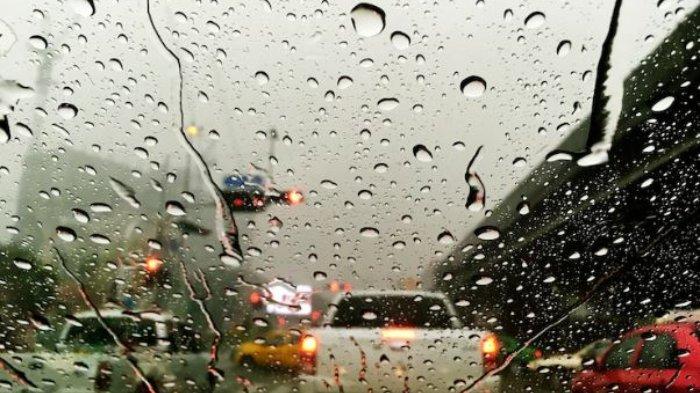 Hujan Petir Landa Jawa Timur Prakiraan Cuaca Besok 29 Maret 2024
May 29, 2025
Hujan Petir Landa Jawa Timur Prakiraan Cuaca Besok 29 Maret 2024
May 29, 2025 -
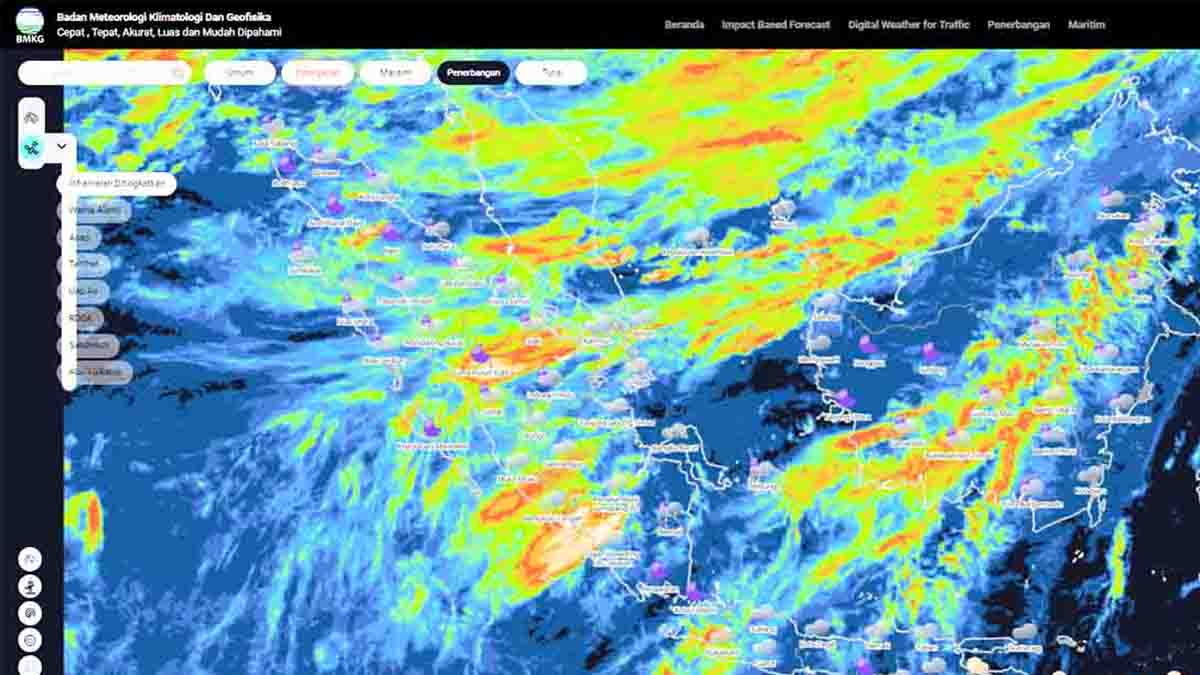 Peringatan Hujan Prakiraan Cuaca Jawa Timur 24 Maret 2024
May 29, 2025
Peringatan Hujan Prakiraan Cuaca Jawa Timur 24 Maret 2024
May 29, 2025 -
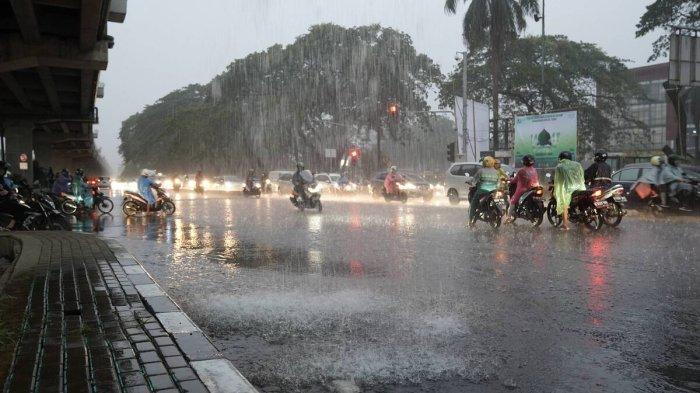 Info Cuaca Jawa Timur Hujan Terus Mengguyur 24 Maret 2024
May 29, 2025
Info Cuaca Jawa Timur Hujan Terus Mengguyur 24 Maret 2024
May 29, 2025 -
 Hujan Di Jawa Timur Kondisi Cuaca Terbaru Dan Prakiraan 24 Maret
May 29, 2025
Hujan Di Jawa Timur Kondisi Cuaca Terbaru Dan Prakiraan 24 Maret
May 29, 2025 -
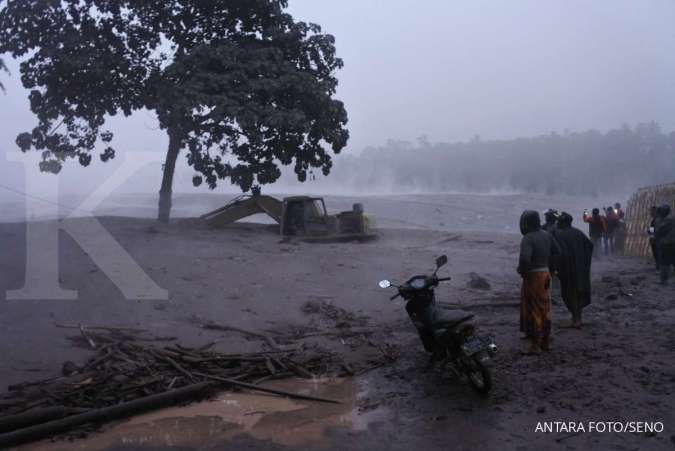 Prediksi Cuaca Jawa Timur Besok 24 3 Peringatan Hujan
May 29, 2025
Prediksi Cuaca Jawa Timur Besok 24 3 Peringatan Hujan
May 29, 2025
